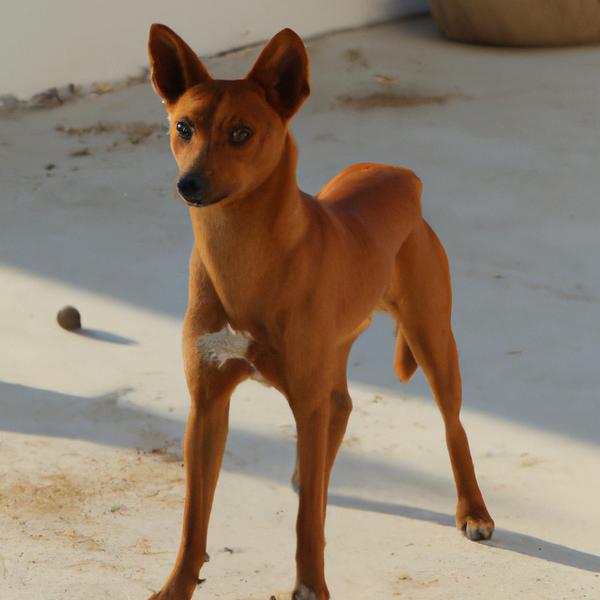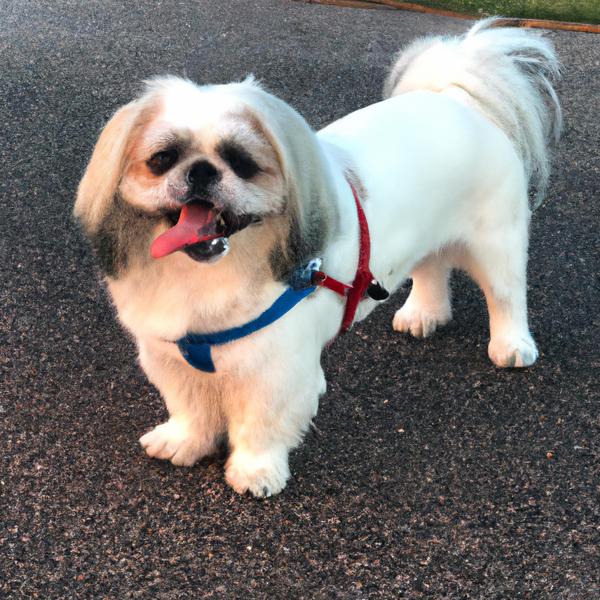Smooth Foxker vs. Silkytie: Breed Differences and Similarities
Hypoallergenic
Are Smooth Foxkers or Silkyties hypoallergenic, or neither?
Unfortunately, neither Smooth Foxker nor Silkytie are hypoallergenic, which may not make them the best choice for dog lovers who suffer from pet allergies.
Temperament
What are the personalities of Smooth Foxker and Silkytie dogs?
Active
Playful
Alert
Intelligent
Friendly
Affectionate
Trainable
Fearless
Quiet
Faithful
Playful
Alert
Intelligent
Friendly
Responsive
Affectionate
Quick
Lively
Gentle
Joyful
Inquisitive
Shedding Level
Do Smooth Foxkers shed more than Silkyties, or which breed sheds more, Smooth Foxkers or Silkyties?
Smooth Foxkers are moderate shedders, but regular brushing can reduce shedding and maintain coat health.
Silkyties are low shedding dogs, requiring minimal coat care.
Origin
What is the origin of Smooth Foxker and Silkytie dog breeds?
United States
United States
Ancestry
What are the origins of Smooth Foxker and Silkytie breeds?
American Cocker Spaniel and Smooth Fox Terrier
Shetland Sheepdog and Silky Terrier
Date of Birth
When were Smooth Foxker and Silkytie breeds first developed?
2000s
Unknown
Eye Color Possibilites
What are the eye colors of Smooth Foxker and Silkytie dogs?
Brown
Brown
Nose Color Possibilites
What are the natural nose colors of Smooth Foxker and Silkytie?
Black
Brown
Black
Coat Color Possibilites
What are the natural colors of the coat for Smooth Foxker and Silkytie breeds?
Black
Brown
Red
Cream
Fawn
Silver
White
Pied
Sable
Brindle
Black
Gray
Silver
Cream
White
Brown
Red
Fawn
Coat Length
What is the typical coat length for Smooth Foxker and Silkytie breeds?
Smooth Foxkers have longer coats compared to most dogs.
Silkyties are known for their coat length.
Coat Density
What is the density of the coat of Smooth Foxker and Silkytie?
Coat Texture
What is the hair texture of Smooth Foxker and Silkytie?
Straight
Litter Size
What is the usual litter size for Smooth Foxker and Silkytie?
A Smooth Foxker can have a litter of 6-8 puppies on average. However, it's worth noting that the size of the litters can vary greatly. Factors that can influence litter size include the health of the mother, breeding history, and genetics.
A Silkytie can have a litter of 4-6 puppies on average. However, it's worth noting that the size of the litters can vary greatly. Factors that can influence litter size include the health of the mother, breeding history, and genetics.
Adaptability
Smooth Foxkers are highly adaptable and versatile, making them excellent companions for families and individuals of all lifestyles.
Silkyties are known for their adaptability and can adjust well to different environments and lifestyle changes.
Health Issues
Between Smooth Foxker and Silkytie, which breed is more prone to health problems?
Smooth Foxker and Silkytie breeds are generally considered to be healthy. However, like all breeds, they are susceptible to certain health issues and it is important to keep an eye out for them and address them with your veterinarian as needed.
Major Concerns
What are the major health concerns for Smooth Foxker and Silkytie breeds?
Patellar Luxation
Von Willebrand's Disease
Hypothyroidism
Phosphofructokinase (PFK) Deficiency
Hip Dysplasia
Legg-Calve Perthes Disease
Minor Concerns
What minor health issues should be kept in mind when owning Smooth Foxker and Silkytie?
Distichiasis
Deafness
Skin Diseases and Disorders
Eye Conditions (Cataracts, Lens Luxation)
Cataracts
Allergies
Diabetes
Hypothyroidism
Progressive Retinal Atrophy (PRA)
Collie Eye Anomaly (CEA)
Occasional Tests
What occasional tests are recommended for Smooth Foxker and Silkytie breeds?
Skin Evaluation
Blood And Urine Analysis
Diagnostic Imaging
Hearing and Ear Tests
Eye and Ear Examination
Thyroid Panel
DNA
Eye Examination
Radiographs
Blood Sugar and Thyroid Tests
Social Needs
Smooth Foxker vs Silkytie social needs comparison
Smooth Foxker has very high social needs and requires regular mental and physical stimulation, a job or purpose, and companionship.
Silkytie has above average social needs and thrives with interaction with humans and other dogs.
Sleeping Need
Which of the two sleeps the most/least: Smooth Foxker or Silkytie?
Smooth Foxkers are active and require sufficient sleep to stay healthy.
Silkyties have moderate energy levels and typical sleep patterns of 12-14 hours per day.
Mouthiness
Mouthiness Comparison: Smooth Foxker vs Silkytie?
Roaming urge
Smooth Foxker vs Labrador: Running away tendency?
Prey Drive
Smooth Foxker or Silkytie - which breed has a higher level of prey drive?
Activity Level
Which breed has higher energy, Smooth Foxkers or Silkyties?
Smooth Foxkers are high-energy dogs. They need mental as well as physical exercise. These dogs require a lot of your involvement and without it they can, and will, become problematic dogs.
Silkyties are medium-energy dogs and typically enjoy socializing and playing casual or even sustained games of chase with other dogs. They may also have occasional periods of barking or racing around the house.
Tolerance of being left alone
Walks per Week
How many miles should Smooth Foxker or Silkytie walk each week?
Smooth Foxker and Silkytie generally need a minimum of 8 miles of walking per week, but it can be increased as long as they are comfortable with it.
Activity per Day
Do Smooth Foxkers or Silkyties require more exercise?
In general most Smooth Foxkers usually need at least 90 minutes of exercise daily. This can be spread across the day and include all sorts of high-energy activities, like walking, running and playing.
In general most Silkyties usually need at least 30 minutes of exercise daily. This can be spread across the day and include all sorts of high-energy activities, like walking, running and playing.
Grooming
Which breed is easier to maintain in terms of grooming, Smooth Foxkers or Silkyties?
The Smooth Foxker requires an average amount of grooming compared to other breeds.
Silkyties have high grooming needs, requiring regular trims and professional grooming assistance to keep their coat healthy.
Brushing Frequency
What is the recommended brushing frequency for Smooth Foxker and Silkytie dogs?
Ideally, Smooth Foxker should be brushed at least 2 or 3 times a week (preferably daily) improve shedding.
Silkytie should be brushed at least once a week. Of course you can give them more frequent brushes if you find that they are still shedding a lot
Brushing Tools
What brushing tools are used for Smooth Foxkers and Silkyties?
Pin Brush
Dematter
Comb
Deshedder
Pin Brush
Slicker Brush
Nail Clipper
Cups
How much food should be given to Smooth Foxker or Silkytie in cups?
Smooth Foxker and Silkytie share the same recommended daily food intake of 1 cups, although the appropriate quantity may vary depending on the quality and nutritional content of their food.
Daily Cost
Which breed has a higher daily cost, Smooth Foxker or Silkytie?
The average cost of a Smooth Foxker is somewhere $1.10 - $1.40 per day.
The average cost of a Silkytie is somewhere $1.40 - $1.70 per day.
Monthly Cost
Which breed has a higher monthly cost, Smooth Foxker or Silkytie?
The average per month expenses of a Smooth Foxker is between $28 - $42. This makes an average of $336 - $504 per year. It will be on the higher side when the dog is still small because it will need more frequent visits to the vet, shots.
The average per month expenses of a Silkytie is between $35 - $42. This makes an average of $420 - $504 per year. It will be on the higher side when the dog is still small because it will need more frequent visits to the vet, shots.
Sensitivity Level
How do Smooth Foxker and Silkytie compare in sensitivity?
This breed is sensitive and requires gentle handling and a calm home environment.
This breed is sensitive to its environment and best suited for patient and understanding families with a consistent routine.
Apartment Friendly
Which breed is more apartment-friendly: Smooth Foxker or Silkytie?
Smooth Foxker and Silkytie are apartment-friendly dog breeds. They can do perfectly well in apartments providing they are sufficiently exercised and taken out and about as part of their owner's daily lifestyle.
Child Friendly
Do Smooth Foxkers or Silkyties have a friendlier temperament towards children?
Smooth Foxkers make excellent family pets for kids due to their gentle, protective nature and calm temperament.
Silkyties are good with kids if socialized and trained from a young age.
Senior-friendly
Which dog is more suitable as a pet for the elderly - Smooth Foxker or Silkytie?
Cat Friendly
Do Smooth Foxker or Silkytie breeds have a better compatibility with cats?
Smooth Foxkers are average in their friendliness toward cats and tend to do well with them, especially if raised together.
Silkyties are good with cats, but early training is needed to prevent chasing behavior.
Dog Friendly
Which breed is more sociable with other dogs: Smooth Foxker or Silkytie?
Smooth Foxkers are friendly and active companions, and can be good family pets, though their friendliness towards other dogs may vary.
Silkyties are average in their friendliness towards other dogs, and socialization can help.
Pet friendly
How do Smooth Foxker or Silkytie dogs interact with other pets?
Stranger Friendly
Which breed is more friendly with strangers: Smooth Foxker or Silkytie?
Smooth Foxker and Silkytie are average friendly around strangers. They can be wary around strangers and a little standoffish, so early socialization is key to ensure they are comfortable around new people.
Playfulness
Which breed is more playful between Smooth Foxker and Silkytie?
Smooth Foxkers are very playful, so adopting an older one might be a better option for a more relaxed experience.
Silkyties are a playful breed that needs daily playtime to be happy.
Trainability
How do the trainability levels of Smooth Foxkers and Silkyties compare?
Smooth Foxker and Silkytie dogs are known for their ease of training and ability to learn quickly, making them a popular choice for pet owners and trainers alike.
Compare Smooth Foxker with other breeds
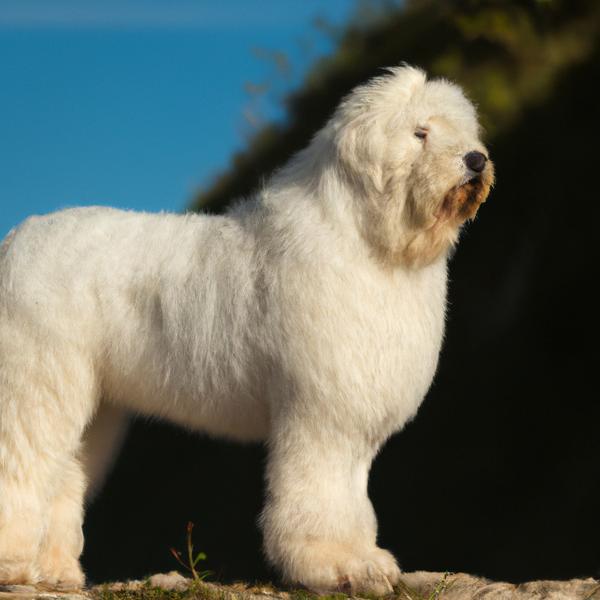
Italian Daniff
Smooth Foxker vs Italian Daniff
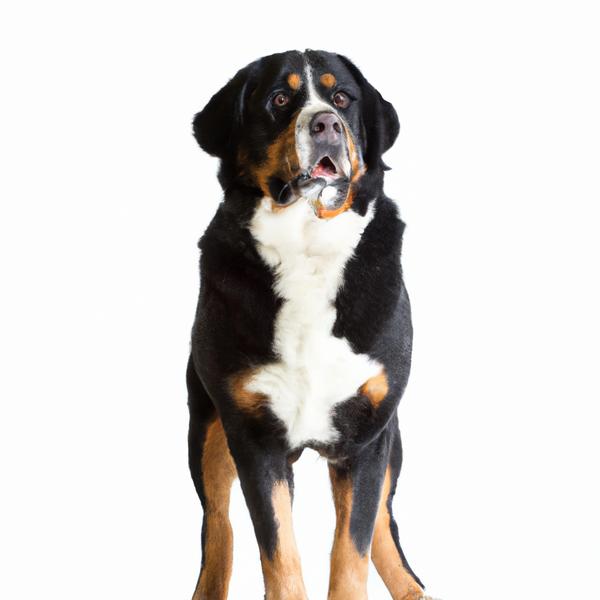
Corswiss
Smooth Foxker vs Corswiss
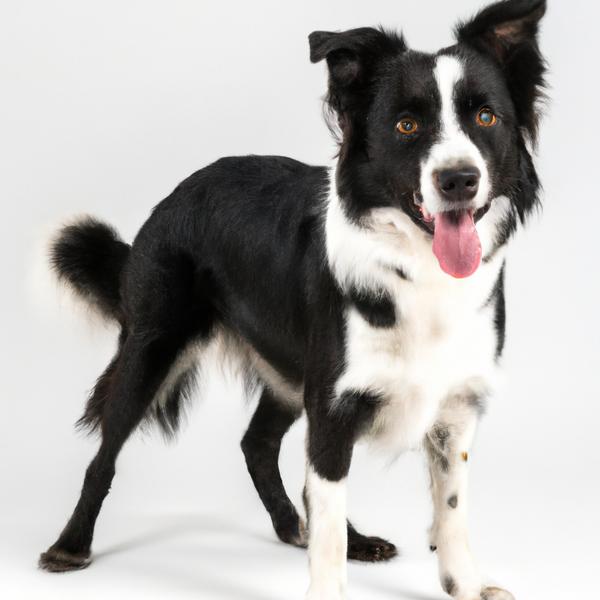
Border Point
Smooth Foxker vs Border Point
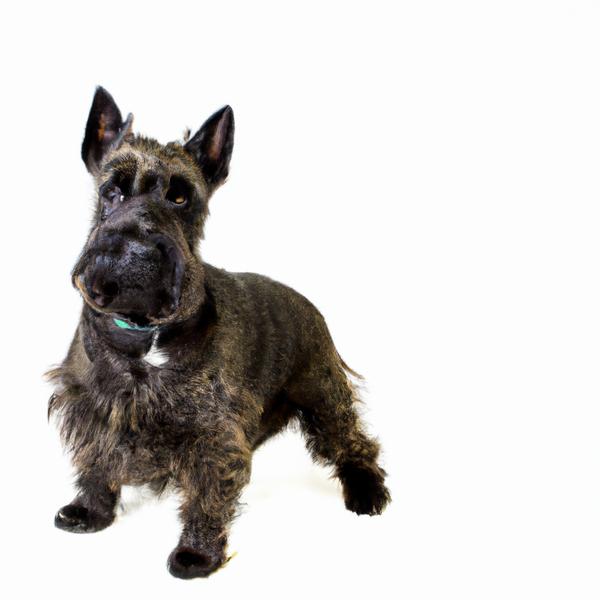
Scoland Terrier
Smooth Foxker vs Scoland Terrier
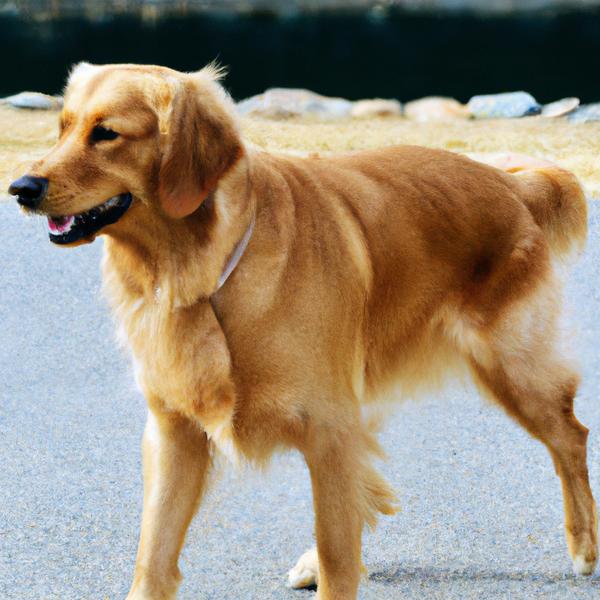
Miniature Golden Retriever
Smooth Foxker vs Miniature Golden Retriever
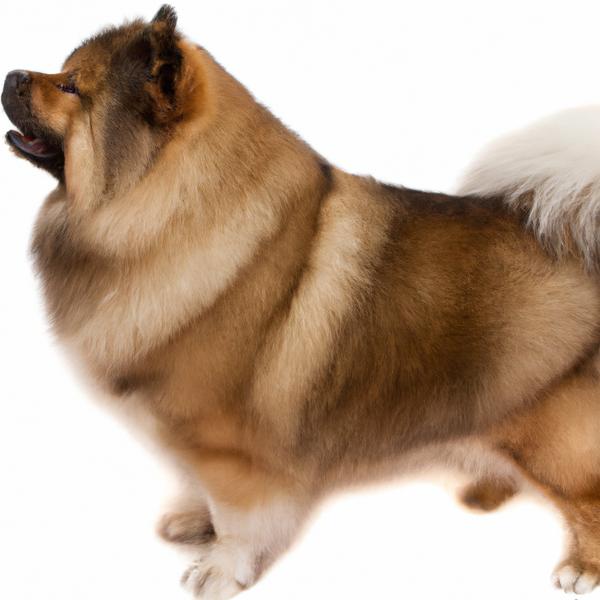
Pushon
Smooth Foxker vs Pushon
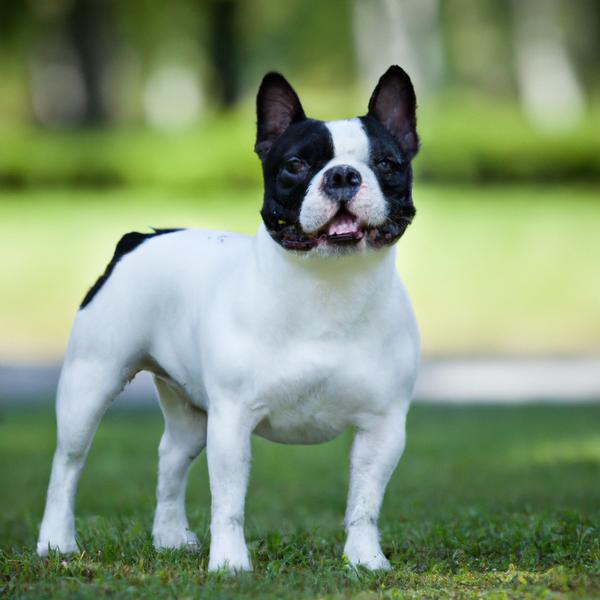
American French Bull Terrier
Smooth Foxker vs American French Bull Terrier
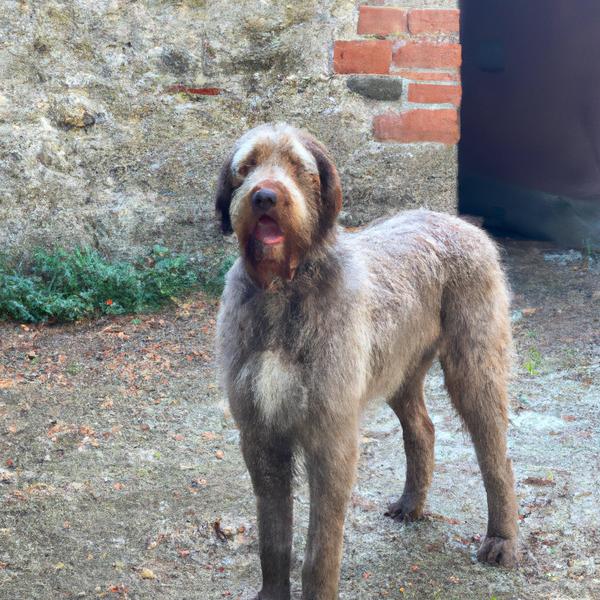
Spinone Italiano
Smooth Foxker vs Spinone Italiano
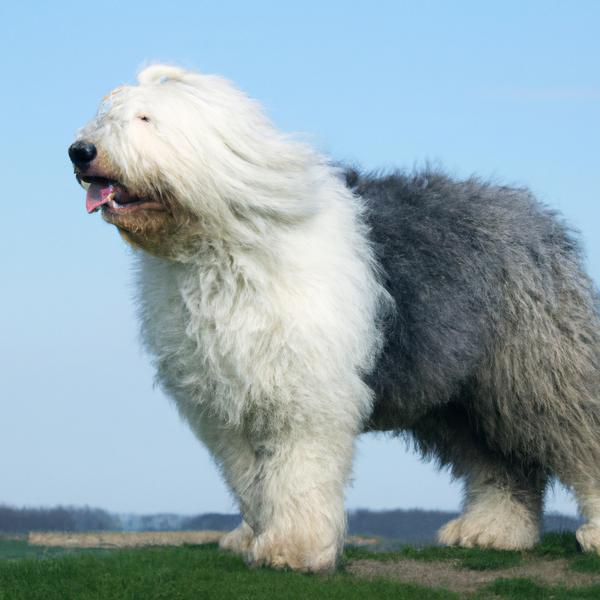
Old English Sheepdog
Smooth Foxker vs Old English Sheepdog
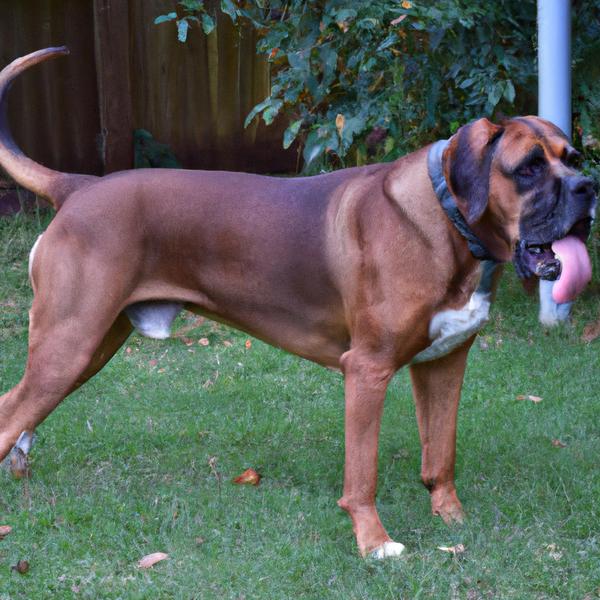
Boxer Basset
Smooth Foxker vs Boxer Basset
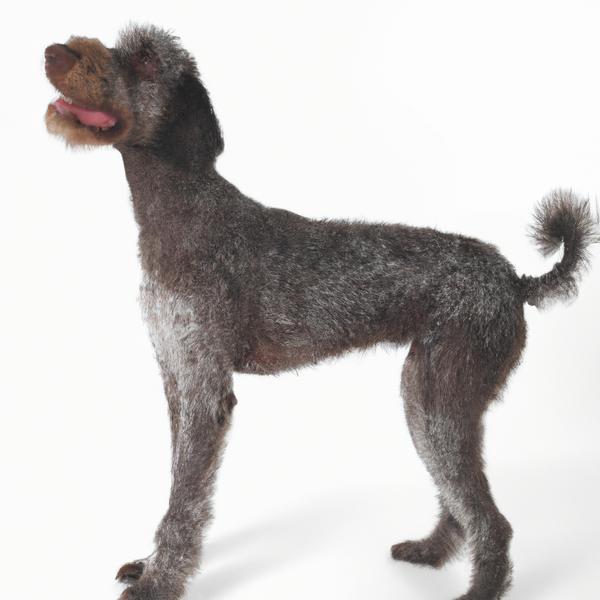
German Shorthaired Pointerpoodle
Smooth Foxker vs German Shorthaired Pointerpoodle

Olde Staff Bulldogge
Smooth Foxker vs Olde Staff Bulldogge
